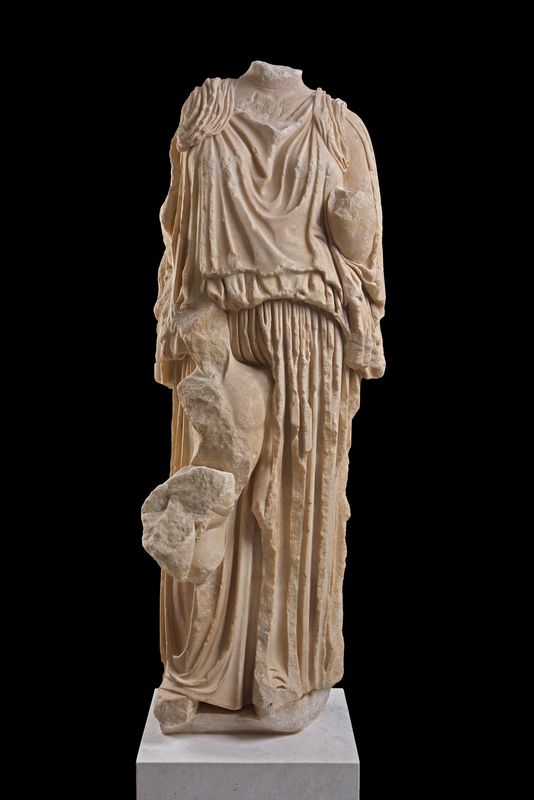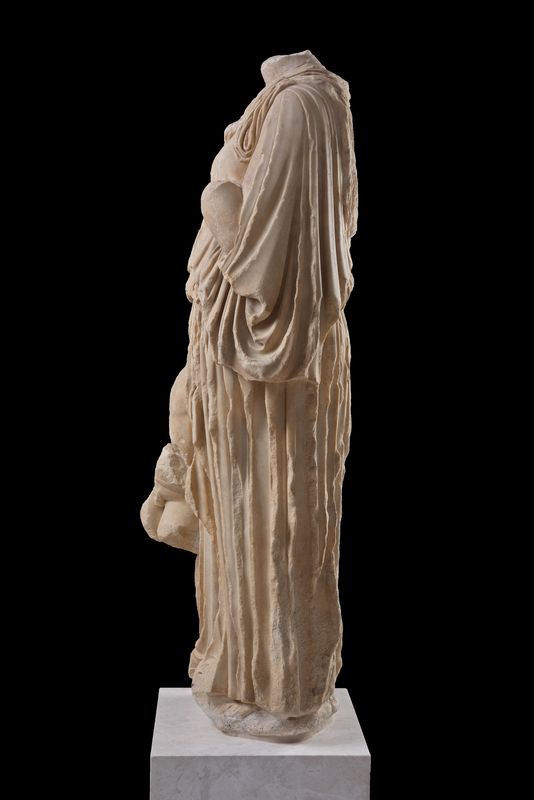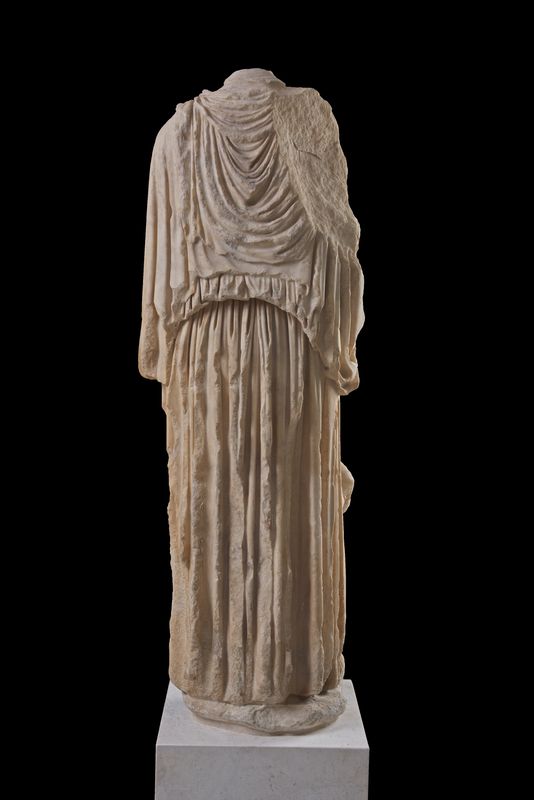Statue of Prokne and Itys
Inventory number
Ακρ. 1358
Artist
Alcamenes
Category
Sculpture
Period
Classical Period
Date
Around 430 BC
Dimensions
Height: Prokne 1.63 m
Height: Itys 1.05 m
Length: Prokne 0.58 m
Length: Itys 0.23 m
Width: group 0.44 m
Material
Marble
Location
First Floor, North









